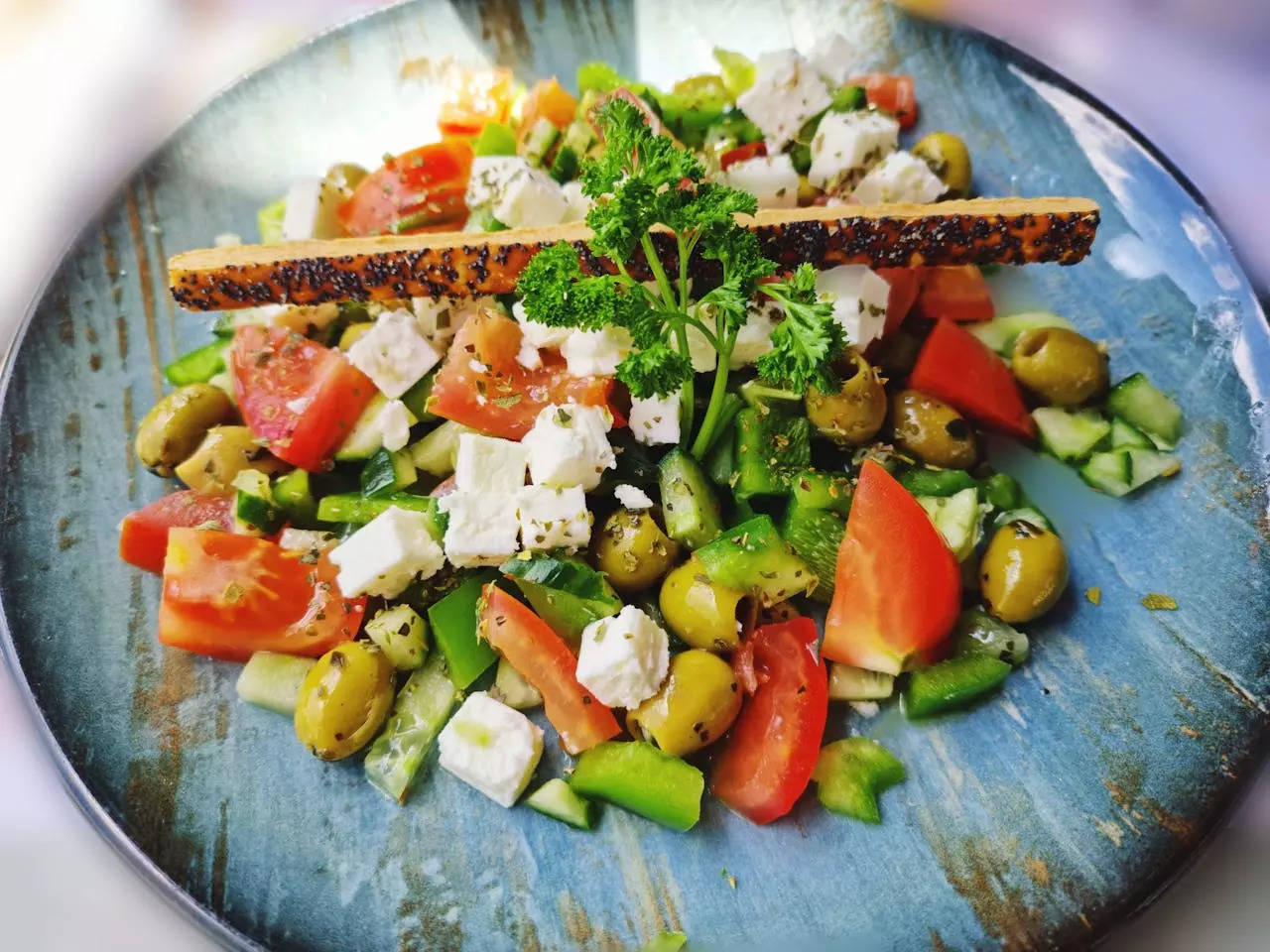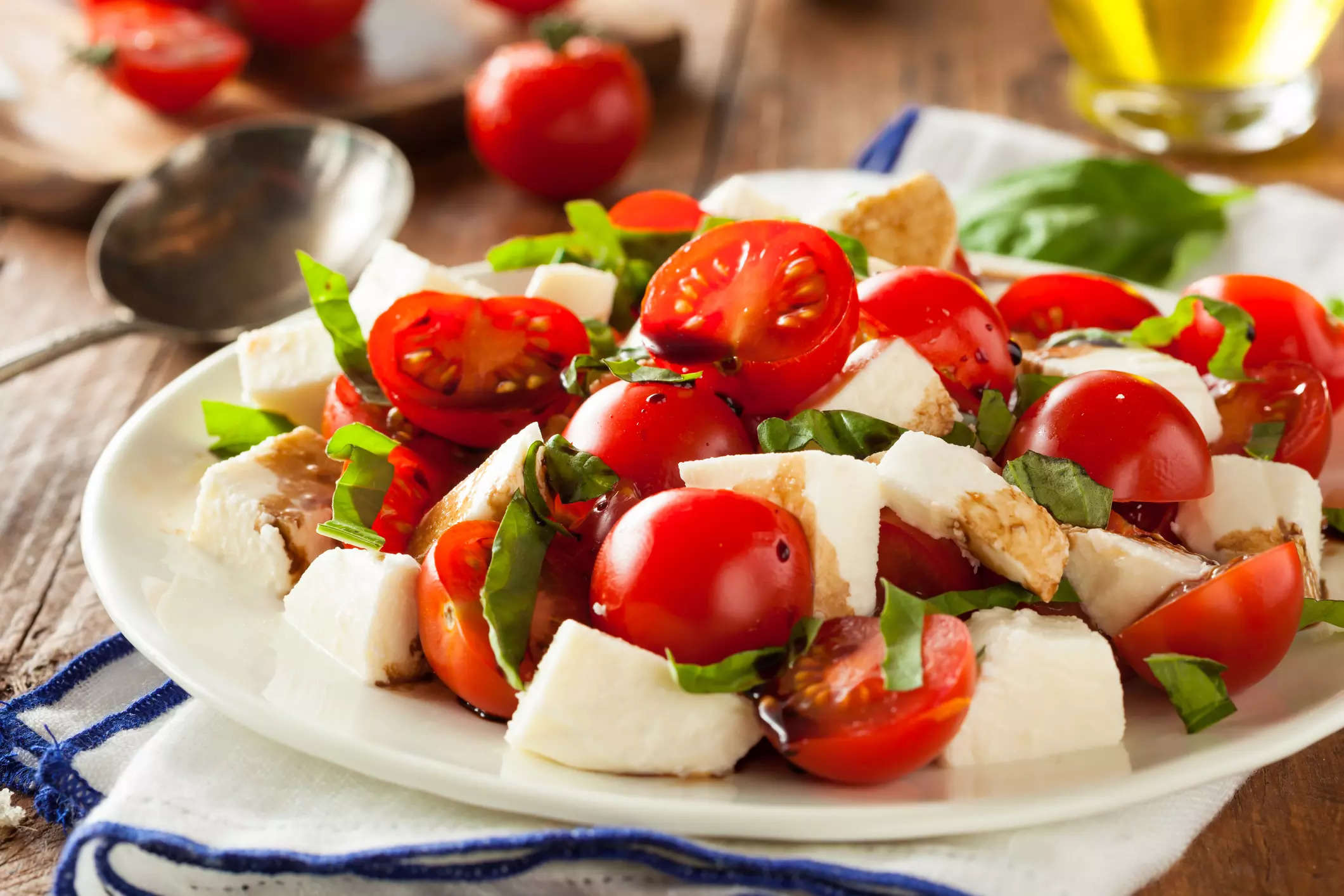Indulge in a world of cheesy delicacies!

A Greek Tradition: The Rich Heritage Of Feta Cheese
From its humble beginnings in ancient Greece to its widespread popularity today, Feta continues to be a symbol of Mediterranean culinary excellence.

From its humble beginnings in ancient Greece to its widespread popularity today, Feta continues to be a symbol of Mediterranean culinary excellence.
If some researchers are to be believed, the history of cheesemaking is as old as humanity. And in Greece, the crumbly and tangy Feta reigns supreme. Its mention goes back to the time of ancient Greece, where the earliest records of cheesemaking can be found in Homer‘s ‘Odyssey’ where the Cyclops Polyphemus was the first to prepare cheese. As the myth goes, during transportation of sheep milk in skin bags made of animal skins, he was surprised to discover that the milk had curdles; it had instead become a solid mass, which also tasted good.
As Ulysses narrates in Book 9 of the Homer's Odyssey:
'We soon reached his cave, but he was out shepherding. We went inside the cave and looked around. It was astonishing-crates full of cheese, pens crammed with livestock-lambs and kids sorted into separate groups, with yearlings, older lambs, and newborns each in different pens. All the sturdy buckets, pails, and milking bowls were awash with whey. Next, Polyphemus curdled half the white milk, and gathered it in wicker baskets and laid it away'.

Caprese salad
Feta in Ancient Greek Culture
The earliest recorded mention of feta dates to the Byzantine era, when it was called 'prosphatos,' which means fresh or recent. During his visit to Heraklion in Crete in 1494, the Italian traveller Pietro Casola provided a detailed account of the production and storage of Feta in brine. But it was still called cheese. It wasn’t until the 17th century that the Greeks started using the term 'feta,' literally translating to ‘slice’, which could be because the cheese was sliced for serving and storage. The production of feta was not just a culinary practice but also a way of preserving surplus milk, particularly from sheep and goats.
Modern Relevance
In ancient Greece, Feta was highly valued and was often used as a form of currency. It was a staple in the diet of athletes during the Olympic Games, believed to provide strength and endurance. The cheese was also a key ingredient in various offerings to the gods, showcasing its cultural and religious value.
Feta today is an essential part of Mediterranean food and gained European Union Protected Designation of Origin (PDO) status. According to PDO regulations, authentic Feta must be made from sheep's milk or a combination of sheep's and goat's milk, and it must be produced in Greece. This designation ensures that only cheeses produced according to these strict criteria can be labelled as Feta.

Watermelon salad with feta cheese
In contemporary cuisine, Feta has found its way into dishes beyond salads. You can savour it in pastries and pizzas, and it is a common ingredient in wraps and sandwiches which can be found in every restaurant in the country. It is also widely exported across the world.
feta cheese
cheese
cheese type
salads
cheesy salads